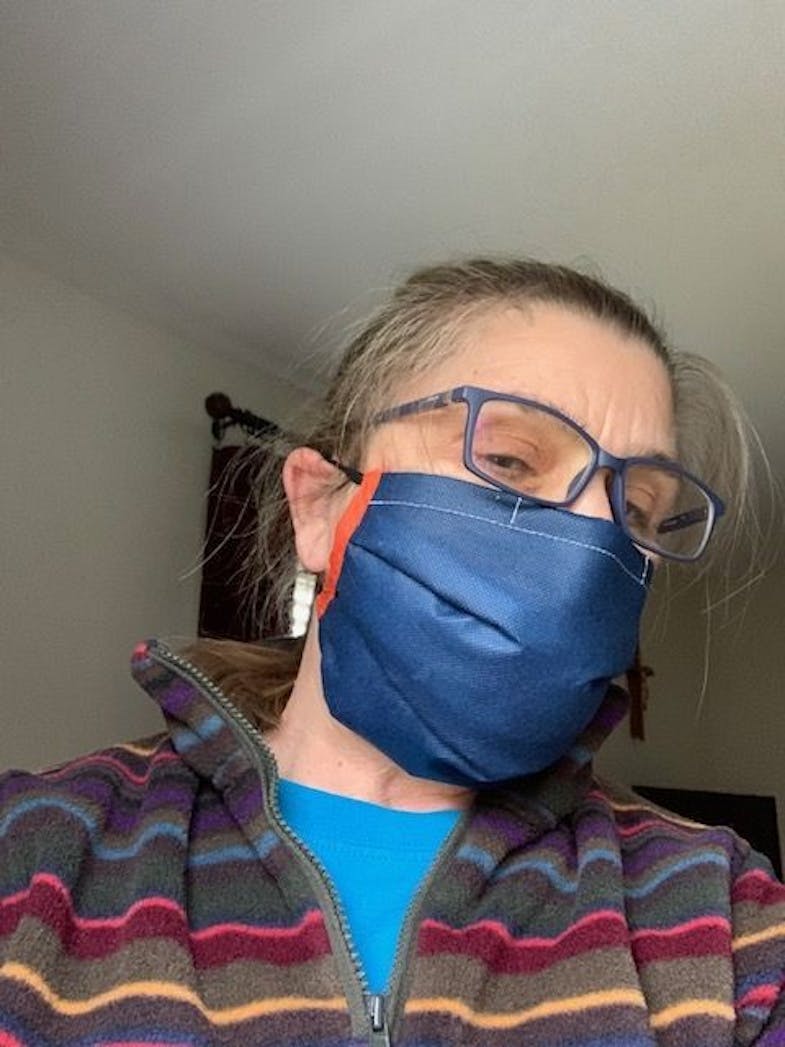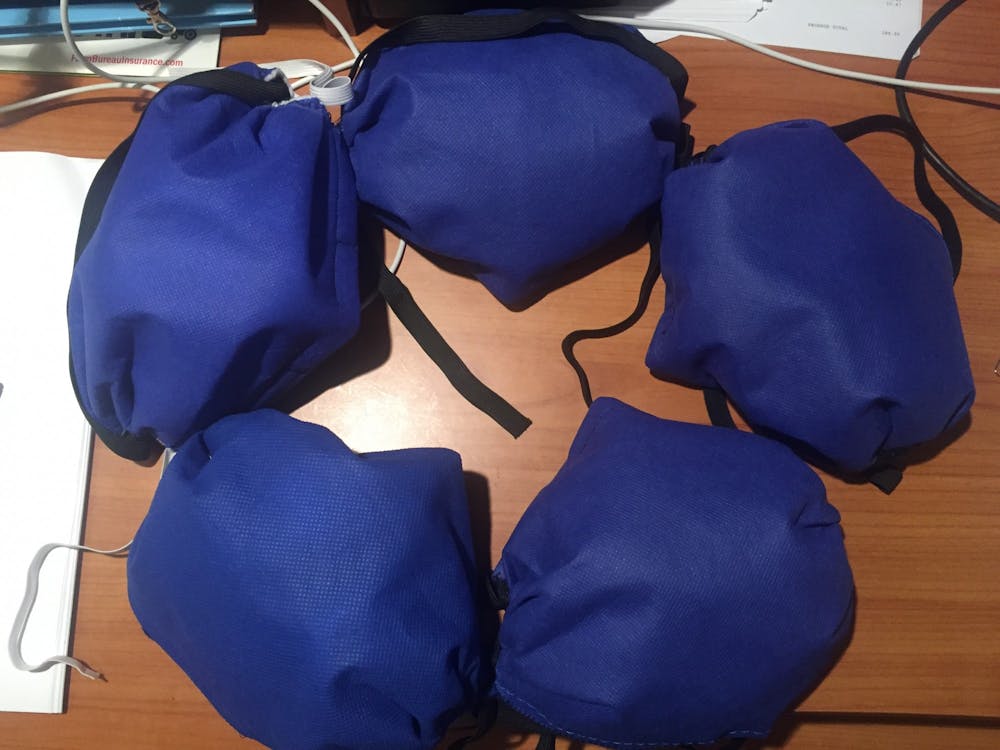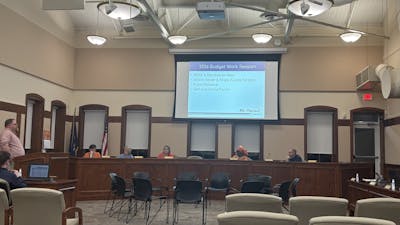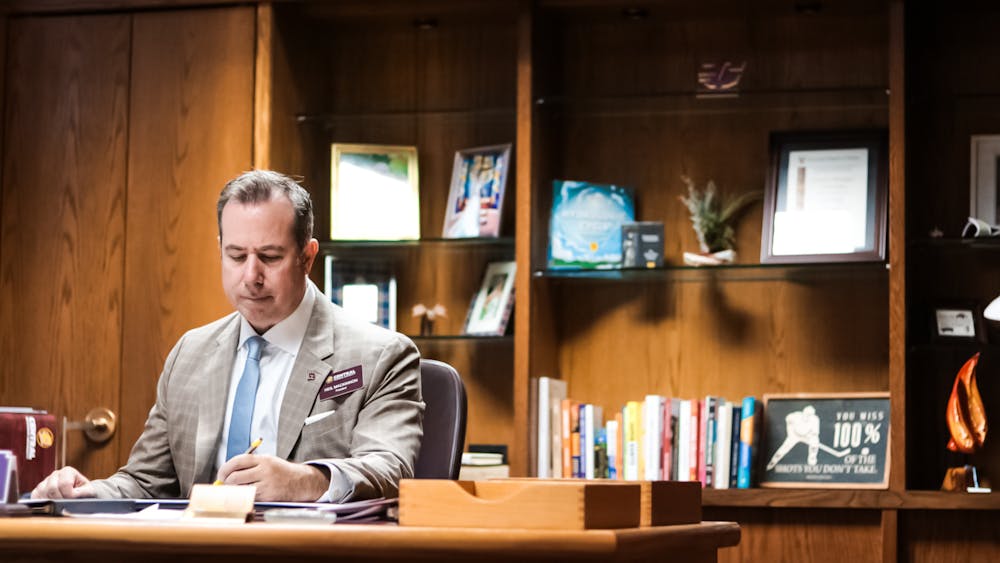#MyMaskSavesLives: CMU faculty, alumna, grad student develop homemade mask design
North Miami Beach graduate student Alberto "Ali" Alvarez drew his professor’s attention when, at the beginning of an online course in early March, he introduced himself by saying he had recently recovered from COVID-19.
His professor, Lana Ivanitskaya, had been developing prototypes for a washable, homemade face mask with alumna Armine Ghalachyan, an apparel designer who focuses on “human well-being, enhancement and empowerment.” After reading his post, Ivanitskaya invited Alvarez to contribute ideas to the project and translate its documentation into Spanish.
Now Alvarez, pursuing a Master of Health Administration degree remotely from Miami, splits his time between setting up an industrial hygiene consulting firm and breaking Ivanitskaya and Ghalachyan's efforts into wider public consciousness.
The project’s short-term goal is to give people a personal mask to use, freeing up supplies of N95 masks widely sought by hospitals for their superior protection.
Ghalachyan, an assistant professor at Washington State University, said she became concerned early in the disease’s spread in Washington – one of America’s hardest-hit states – when she saw Seattle-area doctors making protective equipment with materials repurposed from around the hospital.
“You can see a lot of posts, for example in the Boston area, an emergency room doctor buys shower caps and other products to create her own personal protective equipment, and that is horrible,” Ghalachyan said.
The design document suggests posting pictures of yourself wearing the mask alongside the hashtag, #MyMaskSavesLives, to promote the design and donating N95 masks.
With N95 masks in such short supply that some doctors use them past their expiration, Ghalachyan and Ivanitskaya’s washable, reusable design could be a more sustainable and resilient face mask than disposable N95’s.
In the long term, Ghalachyan said she’d like to see if the design can pave a new way forward for professional face masks once the pandemic subsides.
Ivanitskaya and Ghalachyan’s mask design mainly uses fabric from reusable shopping bags, whose non-woven material resembles that of surgical masks and provides little opportunity for the virus to slip through. For a nose bridge, the design recommends flower stem wire, fresh produce ties or, best of all, a coffee bag tie.
The design document, which evolves day-by-day as new ideas are tested, details the step-by-step process of making the mask using only basic materials and common household supplies. Learning how to make the mask takes about an hour, Ivanitskaya said, and after that, a mask can be made in about 30 minutes.
Geology faculty member Maria Gonzalez said she was able to make the mask in 10-15 minutes.
"I used the mask to go grocery shopping and, if nothing else, it helped to keep people six feet from me!" Gonzalez said. "It kind of looks intimidating. Also, I use it for walks. They wash very well, and the design covers the mouth pretty well compared with other masks I have seen on YouTube tutorials."

Ivanitskaya, a CMU health administration professor, said her 12- and 13-year-old daughters helped to cut reusable Meijer shopping bags, and her family has made five masks. Only her husband wears it consistently, as his small business supplies personnel deemed essential by Gov. Gretchen Whitmer.
“We have no mask-wearing tradition in the United States, and people are afraid of breaking social norms,” Ivanitskaya said.
The team’s mask design is more effective than others available online, according to Ghalachyan, because many use materials susceptible to the virus passing through, such as cotton. Many designs also have a stitch line in the center of the mask parallel to the nose, giving virus particles a chance to enter there.
Ghalachyan emphasized that though the design is based on research and her knowledge as a functional apparel expert, it remains to be rigorously tested, and that kind of testing can likely only occur after the crisis has passed.
“People should not have false hope when they put the mask on,” Ghalachyan said. “Even N95 protects 95 percent if worn correctly and if it’s new… When they’re wearing the mask, they should still be practicing social distancing, washing their hands, wiping surfaces – all the other aspects of hygiene and preventing the spread of the virus are very important.”
Still, it is Ghalachyan’s belief that the homemade masks are better than no protection at all.







